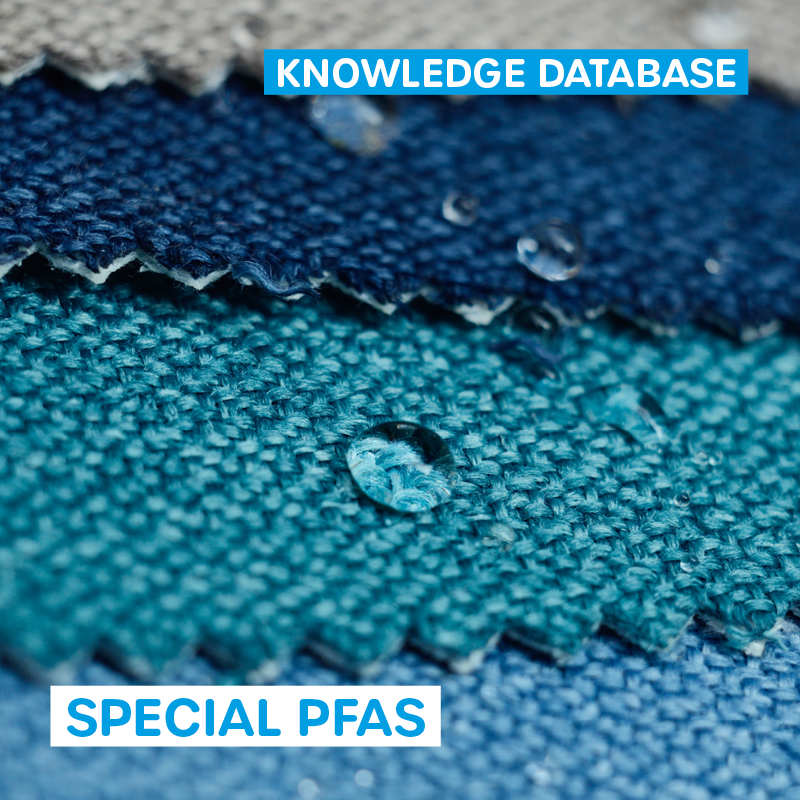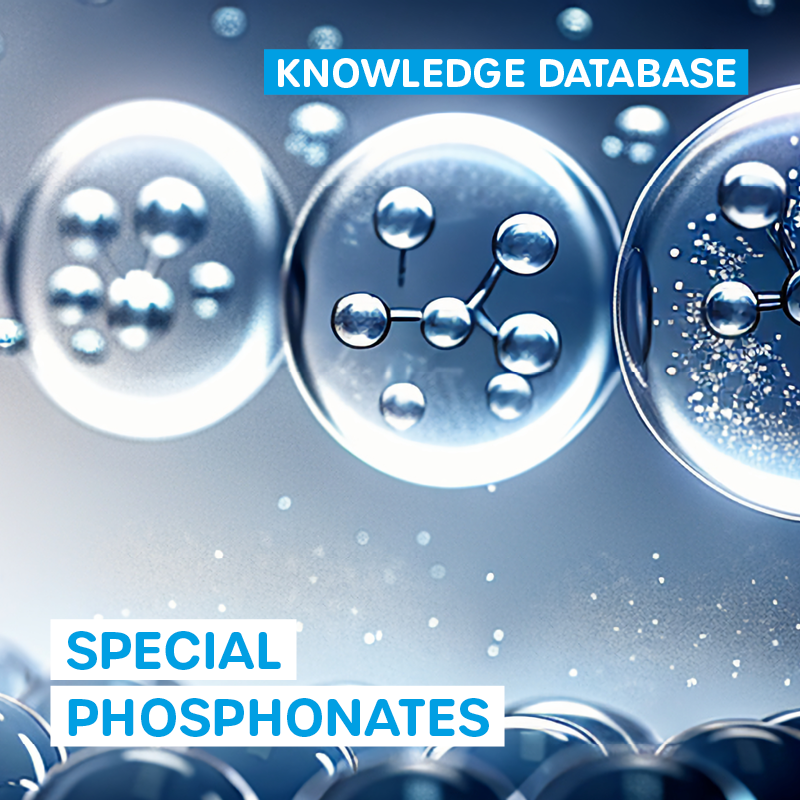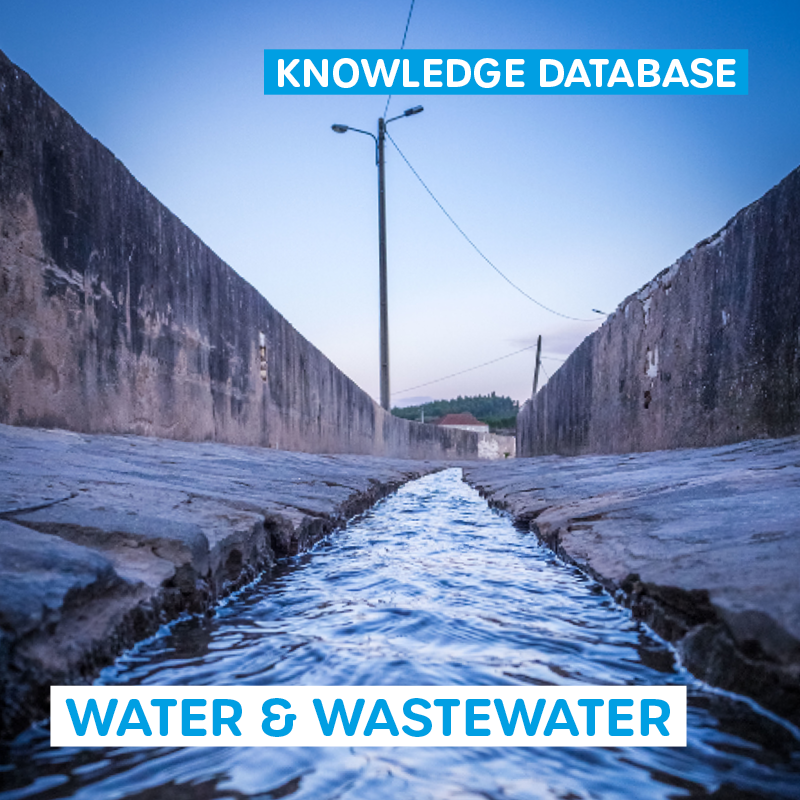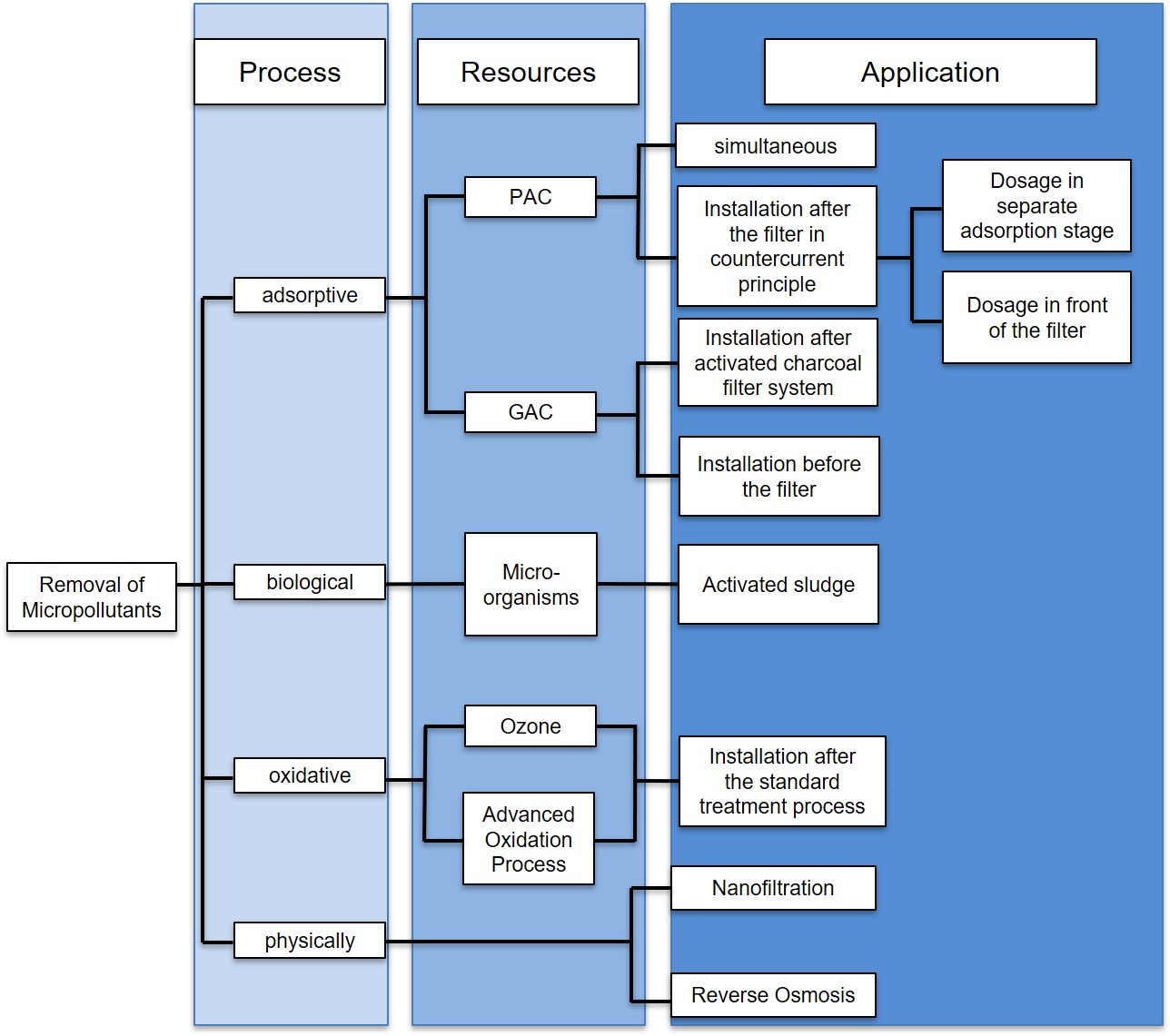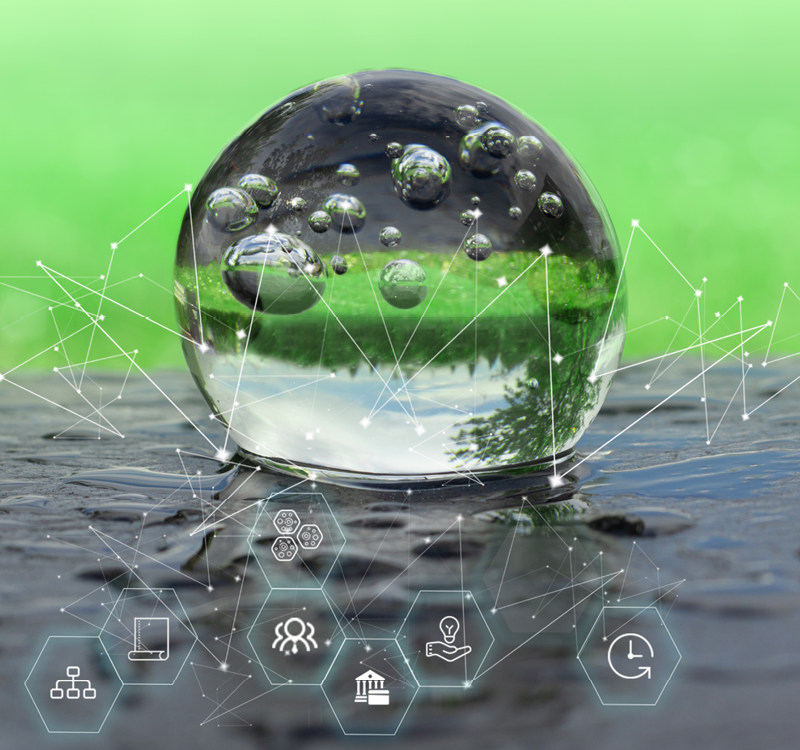
Micropollutants
It has been known for some years that there are substances in our waters and wastewater that can only be removed to a minor extent or not at all during wastewater treatment in the municipal wastewater treatment plant. We are talking about anthropogenic trace substances or micropollutants.
What are micropollutants?
Micropollutants are synthetically produced, non-natural microcontaminants found in minute concentrations of billionths (nano) to millionths (micro) grams per liter.
From the chemical point of view, the term "micropollutants" covers all synthetically produced organic-chemical compounds that are released into the environment.
In environmental science, and especially in the wastewater sector and engineering, the term micropollutants is used to distinguish dissolved substances from viscous and insoluble (particulate) compounds.
What types of pollutants are there?
From a purely chemical point of view, each compound has a specific reaction mode in water, is either completely or partially degraded, transformed or leaves the three purification stages of a wastewater treatment plant unhindered, for example, and re-enters the ecosystem.
These substances include compounds such as pharmaceuticals, drug residues, pesticides, and also per- and polyfluorinated compounds such as PFAS (or PFC) as well as soluble polymers, known as micropollutants, but also inorganic substances such as heavy metals, phosphates, and sting compounds, as well as the pollutant class microplastics
Micropollutants and environmental relevance
In order to be able to make a qualified statement about the behavior of these contaminants in the environment and their environmental relevance, not only the chemical and physical properties but also the combined environmental properties are considered and the (eco-)toxicological influences are determined as a function of the environmental factors (persistence, degradability, etc.).
The dilution factor generally lowers the (eco-)toxicological impact, the substances are then considered to have reduced (eco-)toxicological relevance. In recent years, however, an increasing number of micro-pollutants have been detected in the water cycle, which are known to cause lasting disturbance to the ecosystem.
Micropollutants and the fourth treatment stage in municipal wastewater treatment plants
Due to the fact that many micropollutants can pass unhindered through the three treatment stages of a municipal wastewater treatment plant, there is a growing desire for an additional fourth treatment stage for centralized wastewater treatment, which would take care of precisely those substances that could not be removed before, but are potentially classified as hazardous.
The requirements for this fourth purification stage are complex. With the state of the art and minor adjustments, the limit of the purification performance is very often reached more quickly. On the one hand, the purification stage must be able to remove a wide range of problematic substances, the micropollutants, to a large extent; on the other hand, it is also important to avoid undesirable by-products, which arise, for example, from chemical or biological conversions, or to make them manageable for the wastewater treatment plant operator.
In addition, the fourth cleaning stage must be easy to operate for trained personnel and must be integrable into an existing plant. An appropriate, justifiable, cost/benefit factor must be taken as a basis.
What are the processes for micropollutant removal in wastewater treatment plants?
All processes can be combined with one another, but it is important to bear in mind that each has limiting factors that cannot be completely eliminated even by combining two process approaches. Examples of process-related limitations are
- the uncertainty about by-products in oxidative processes,
- slippage and desorption of powdered activated carbon,
- high consumption of chemical additives,
- high maintenance costs,
- personnel and/or space capacity.
High investment costs, due to the construction effort, are also limiting factors for wastewater treatment plants with less favorable framework conditions.

